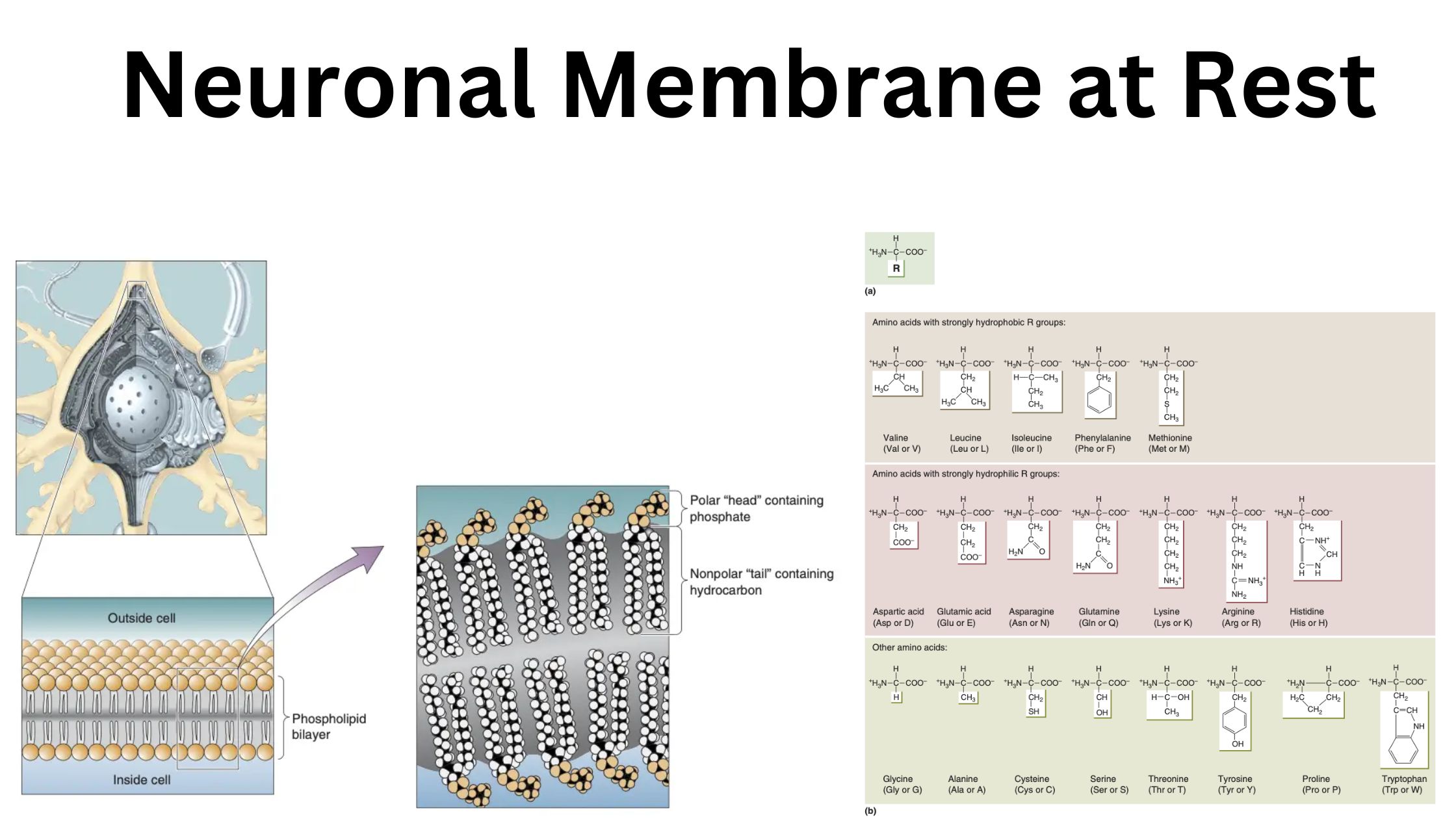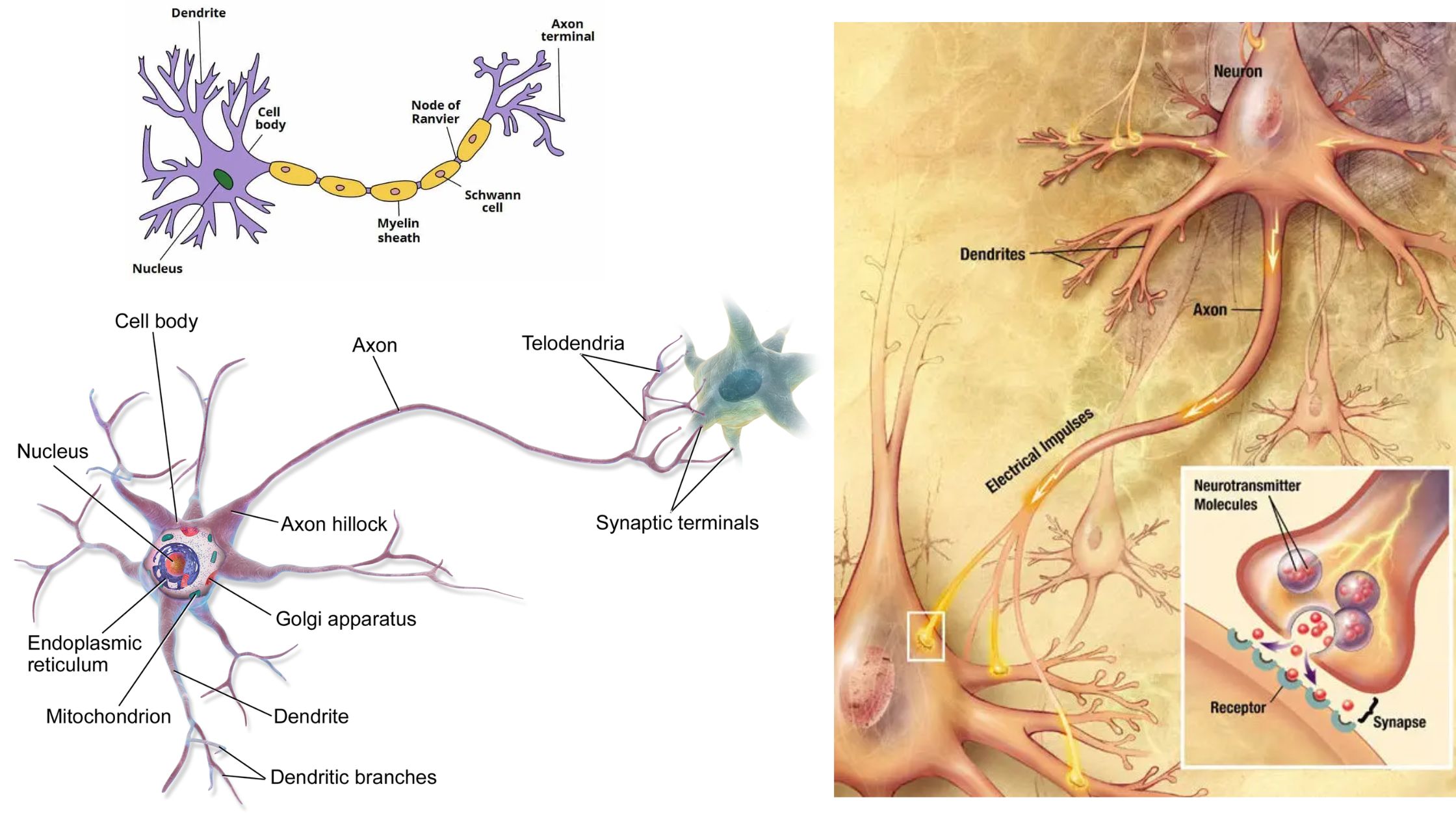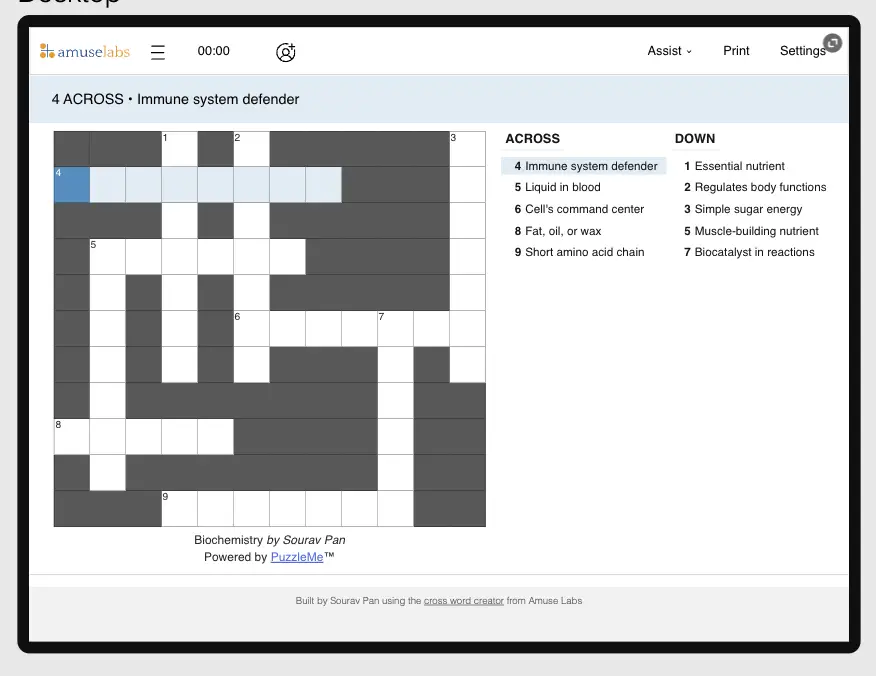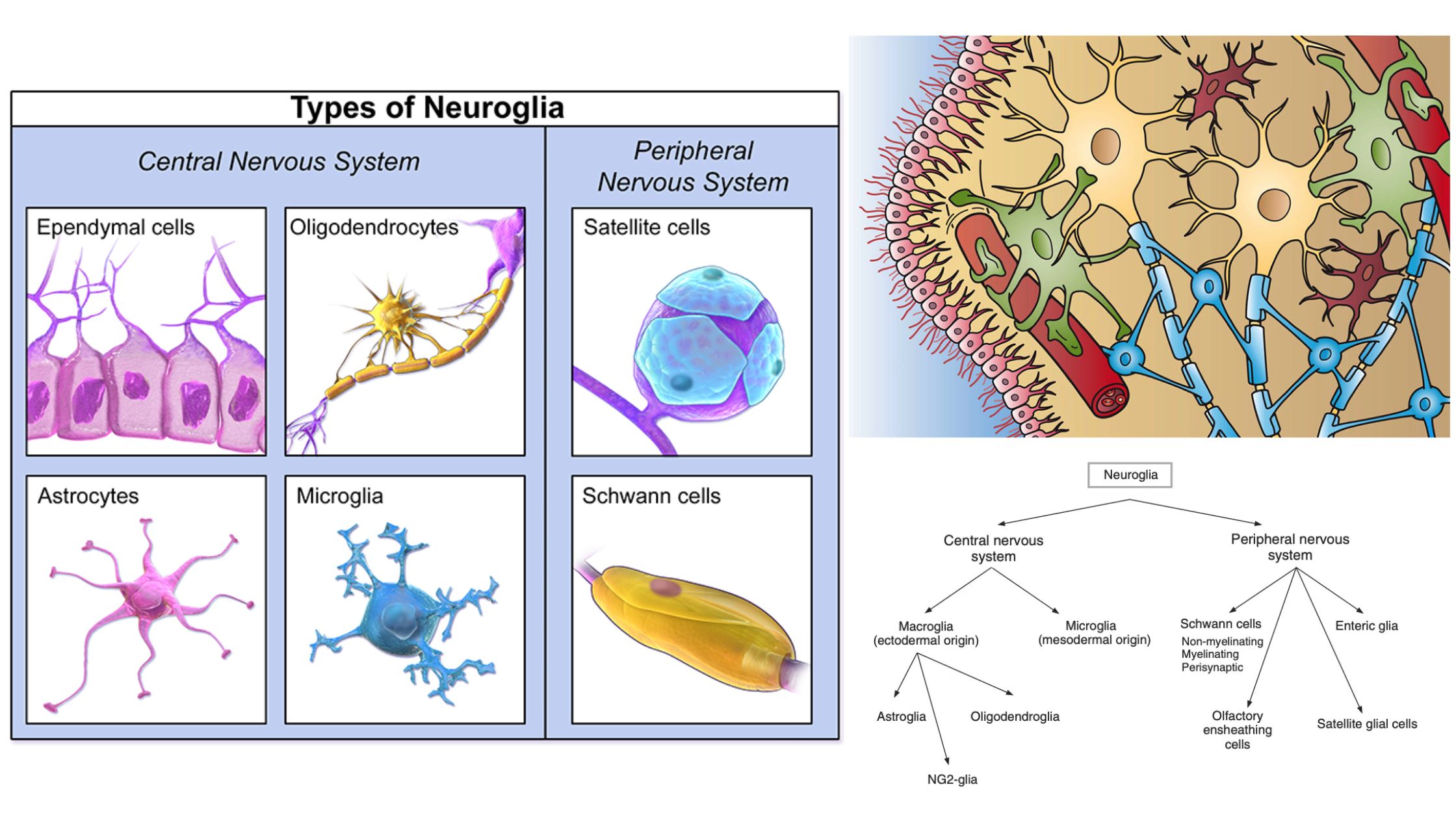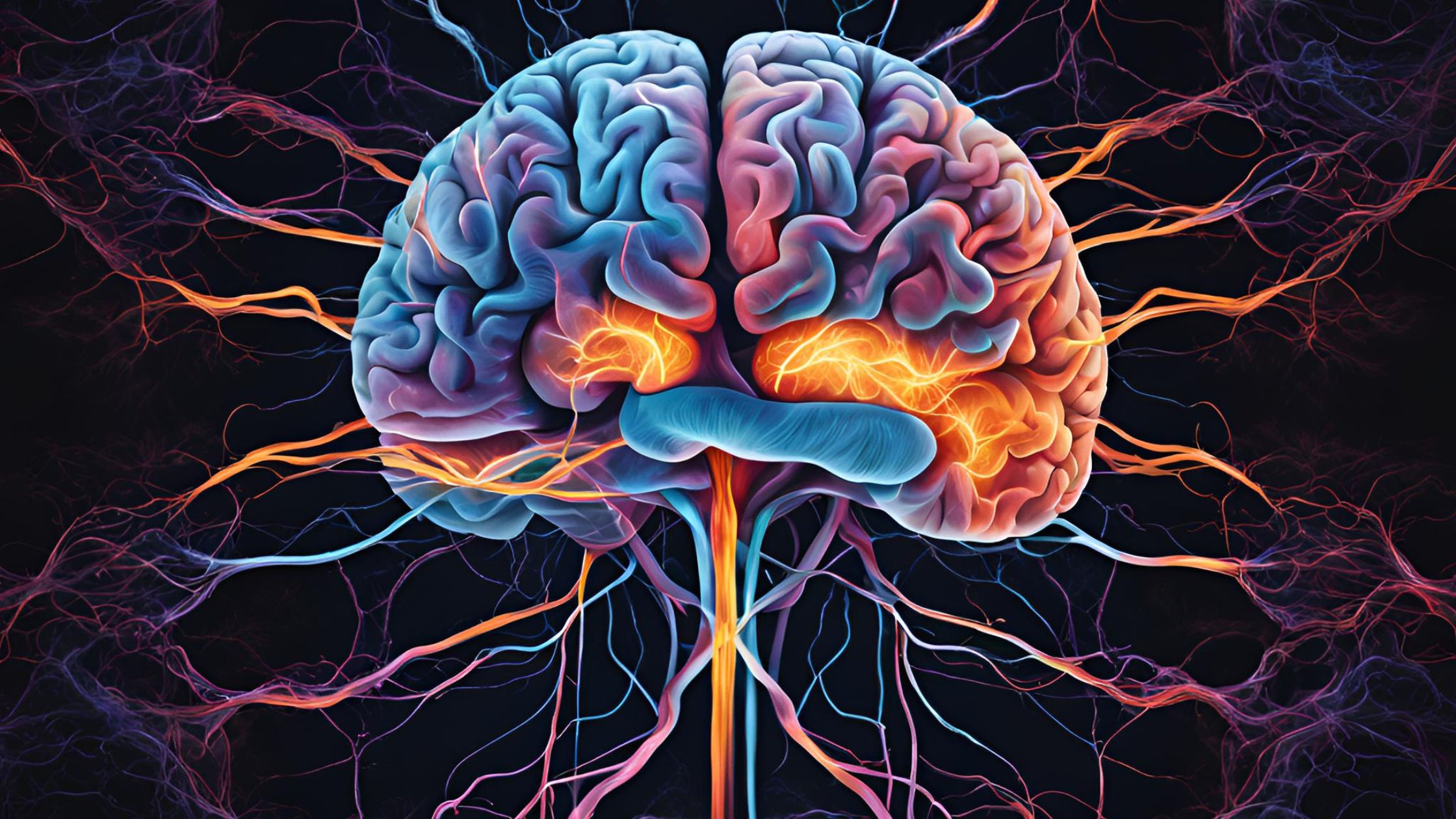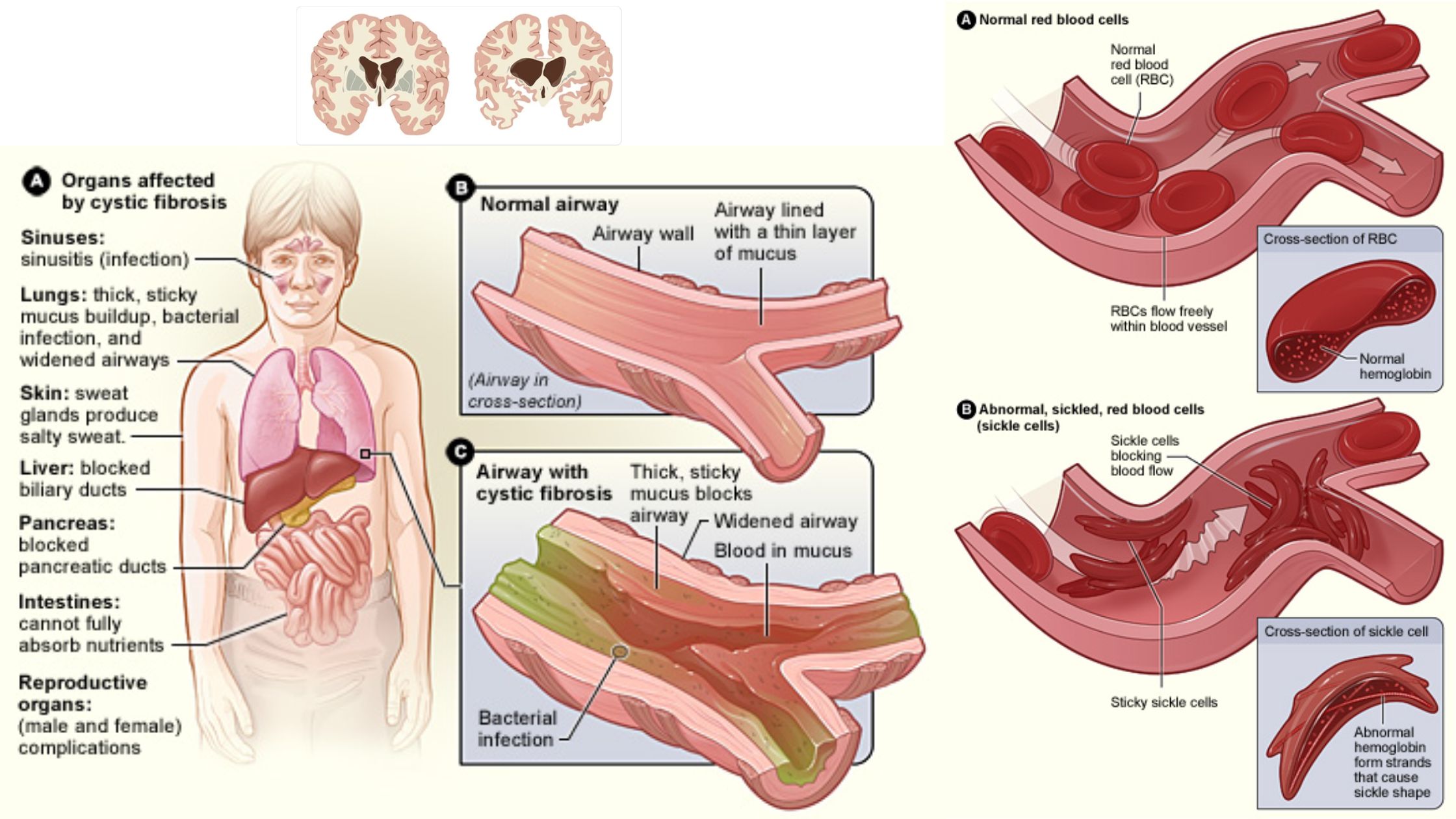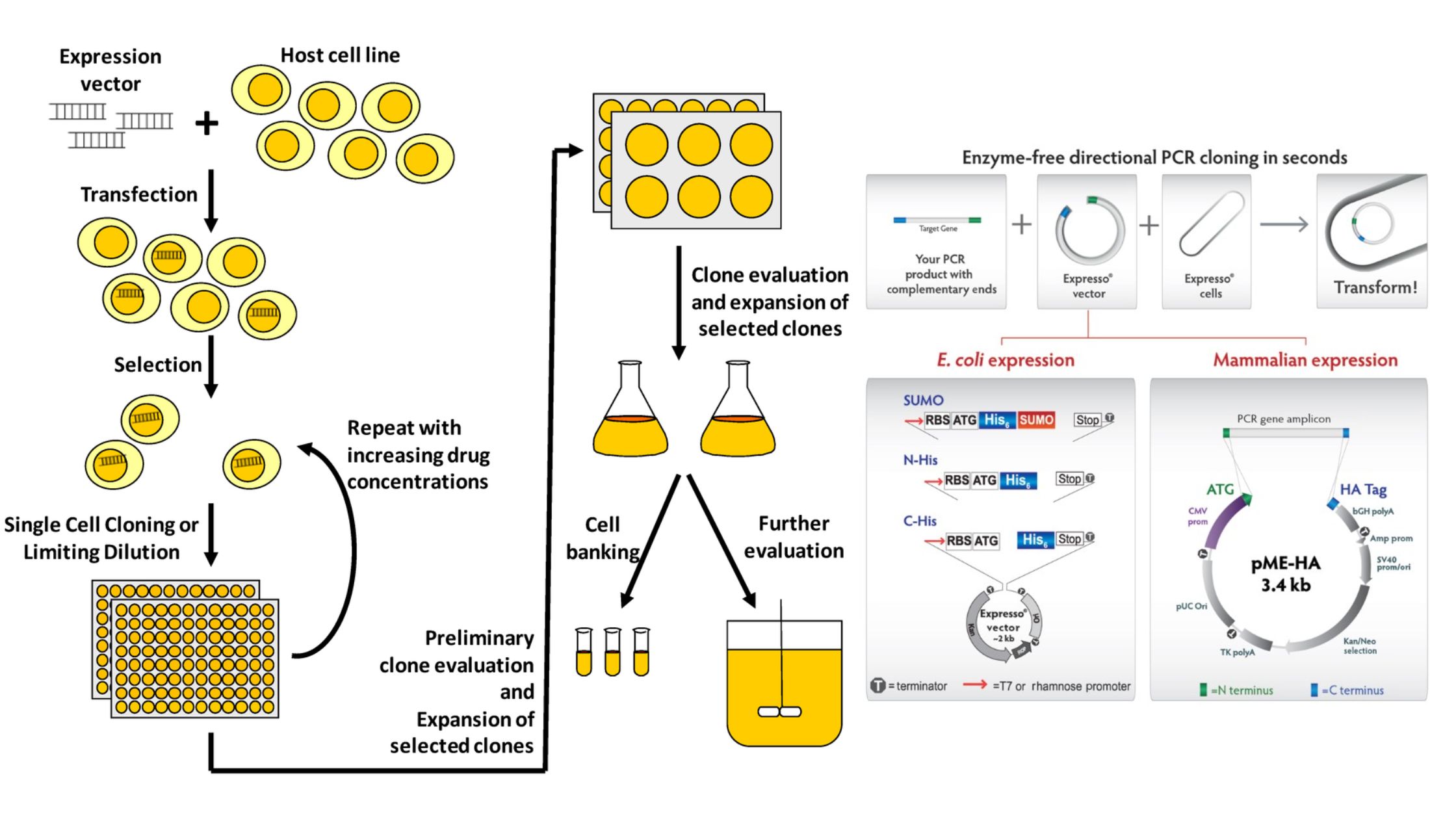Action Potential – Definition, Properties, Generation, Mechanism, Conduction
What is Action Potential? Definition of action potential An action potential is defined as a rapid, transient change in the electrical membrane potential of a neuron, characterized by a brief depolarization followed by repolarization. This process allows neurons to transmit signals over long distances. It occurs when the membrane potential reaches a critical threshold, leading … Read more

